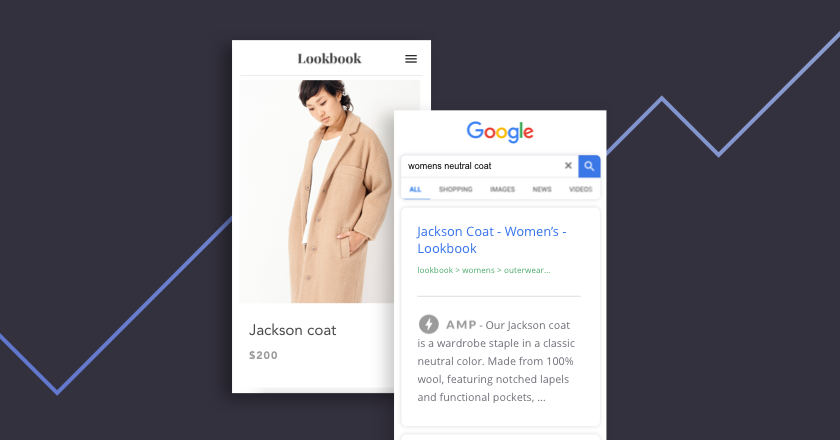E-commerce platform speeds up mobile page load times – again

E-commerce platform provider BigCommerce has added native support for accelerated mobile pages (AMP), an open-source framework launched by Google in 2015 to improve page load times on mobile devices.
More than 55,000 businesses using BigCommerce can now generate a streamlined version of their website’s category and product detail pages without needing to custom code their site or use third-party apps. As a result, their customers will experience near-instant page load times on mobile devices.
“AMP effectively removes extraneous details that distract from the shopping experience, allowing shoppers to quickly access catalog and product pages, find the information that is most relevant to their purchase decision and proceed to checkout without the typical friction often associated with mobile shopping,” explained Brian Dhatt, chief technology officer at BigCommerce.
Indeed, some BigCommerce users saw a 20 per cent improvement in their click-through-rate, after they started using AMP on category pages in a closed beta in mid-2017. This lines up with a 2017 report by Akamai Technologies which found that, on average, a 100-millisecond delay in site load time drops conversion by seven per cent.
Despite this, many online retailers have not yet adopted AMP due to the technical requirements.
“Until now, many e-commerce brands have been unable to adopt AMP into their stores due to excessive coding requirements and lack of costly development resources,” said Ben Moore, CEO at Pixel Union, an e-commerce design agency, which launched AMP-enabled e-commerce themes across its entire catalog as part of its partnership with BigCommerce.
The platform’s support for AMP follows its move in January to let users automatically optimise website imagery across all device types, resulting in faster page load times and higher conversion rates.
“Mobile has become the primary shopping method for many online consumers, and e-commerce brands are increasingly realising that their mobile sites need greater prioritisation,” said Dhatt.
Comment Manually
You must be logged in to post a comment.

No comments